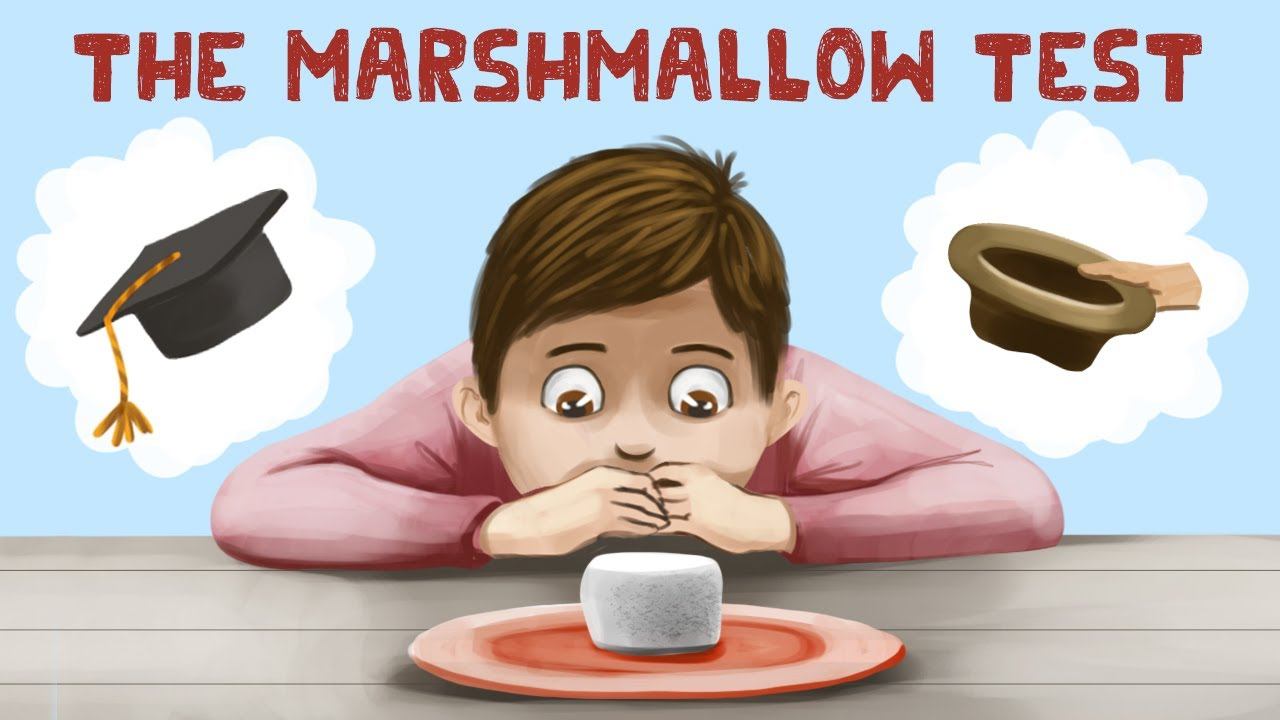In the previous article, we learned about the challenge that Duryodhana was facing. Interestingly, Arjuna was also facing a similar challenge. We previously learned that even four-year-old children faced the same challenge. They wanted to resist the temptation of eating a marshmallow, but they were unable to control their impulses and ended up eating it. This problem of self-control is one that many of us face throughout our lives. We believe that if we can control our mind, we can achieve great things. However, the question remains of how to actually implement this. This is why it is important to examine the guidance that Sri Krishna gave to Arjuna in order to better understand how we can achieve greater self-control.
We shall examine verses 33 and 34 from the third chapter of the Gita.
सदृशं चेष्टते स्वस्या: प्रकृतेर्ज्ञानवानपि |
प्रकृतिं यान्ति भूतानि निग्रह: किं करिष्यति || ३-३३||
According to Shri Krishna, every living being acts in accordance with its inherent nature. In modern psychology, these natural tendencies are referred to as the "inner self" or "Antarman," while ancient scripts refers to them as "Samskara." These Samskaras can be classified into two categories: "Rage Samskaras (रागसंस्कार )," which pertain to greed, and "Hate Samskaras (द्वेषसंस्कार)." These Samskaras are deeply ingrained in our psyche, often without us being consciously aware of them. It is important to understand where these Samskaras originate from and how they impact our behavior.
इन्द्रियस्येन्द्रियस्यार्थे रागद्वेषौ व्यवस्थितौ |
तयोर्न वशमागच्छेत्तौ ह्यस्य परिपन्थिनौ || ३-३४||
According to Shri Krishna, every living being behaves according to their nature, which includes naturally occurring emotions or 'Antarman', also known as 'Samskara' in ancient scripts. These inner feelings can be divided into two groups - 'Rage samskaras' or samskaras of greed, and 'Hate samskaras.' These samskaras are deeply rooted in our hearts, and we are usually not aware of them. When our senses or mind come in contact with a subject, they receive the sensation and convey it to the brain. The brain then quickly decides whether the sensation is pleasant or unpleasant, based on prior memories or samskaras. This reaction is immediately reflected in our outer mind, which is pervaded by our attitude. For example, if our mind becomes angry, this anger is expressed through our actions or body language, and our attraction or hatred towards that thing deepens and goes back inside. This process becomes more intense over time, and we react with greater intensity whenever our senses touch anything. This process can remove our sense of what is right or wrong, merit or love, and we may take action impulsively. This same process happened with the children who couldn't resist the marshmallow, with the mischief that was aware of its disadvantage in fighting, and with Arjuna when he felt the urge to lay down his bow and turn his back on war, despite knowing his duty as a Kshatriya. In verse 34 of the third chapter of the Gita, Shri Krishna is urging Arjuna not to surrender to this situation.
In the following article, we will explore ways to break the chain of Samskara leading to sense sensation, attitude, and back to Samskara.


